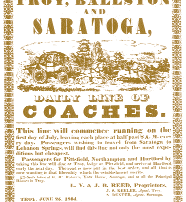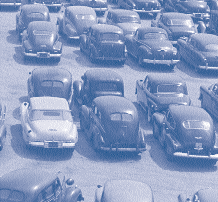ACCESS 12, Spring 1998
Editorial: Traditions and Neotraditions
Melvin M. Webber
A long-standing tradition has city planners in the role of creative designers of towns and cities. Perhaps that role is best illustrated in the new town plans of Great Britain with their carefully designed settings for modern life, complete with decent housing, spacious parks, nearby job sites, and high-quality public facilities and services. The basic idea holds that good physical settings make for good living. In that context, one of America’s most eminent sociologists once described city planning as the last stronghold of utopianism.






